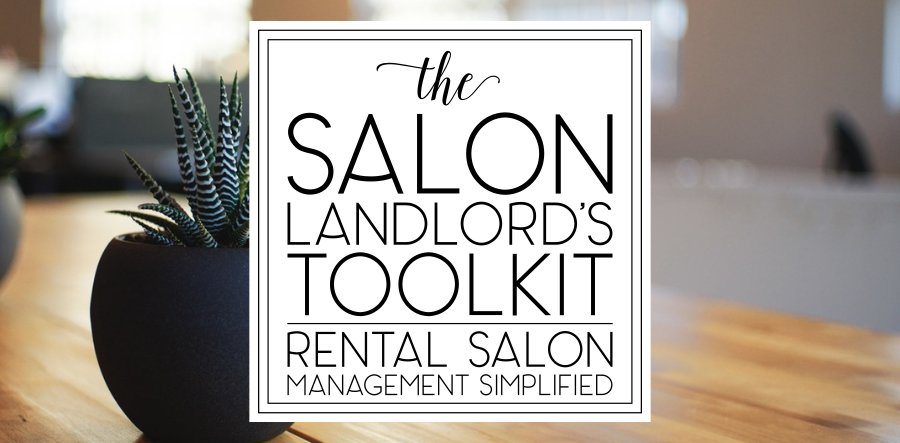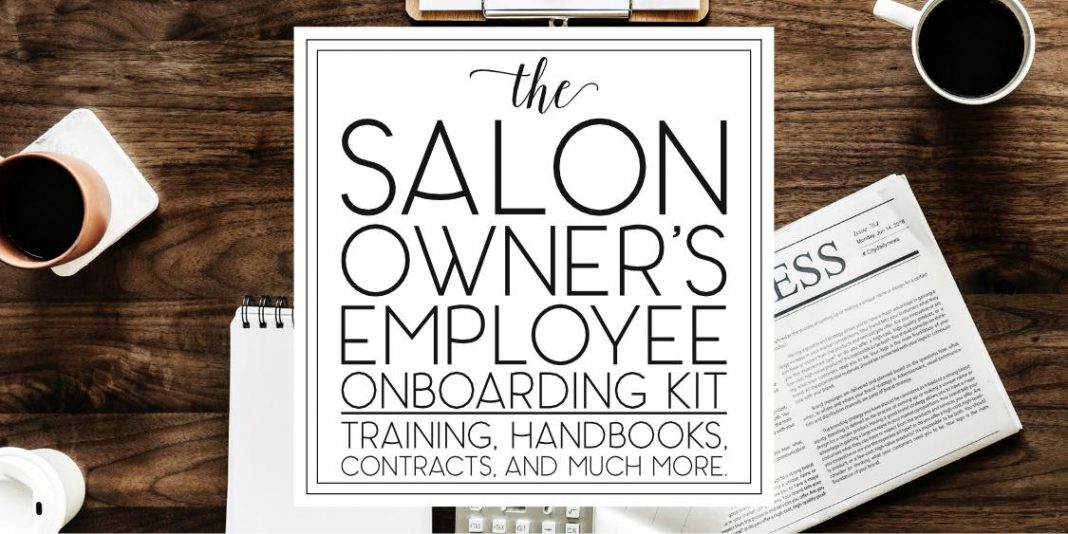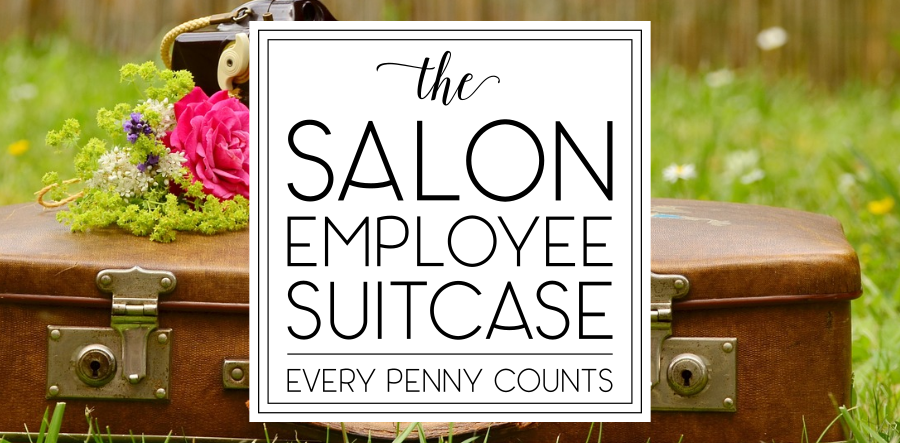Today, I’m not going to talk about respirators, beds, or masks. I’m not going to talk about what the pandemic could mean for our industry. (Writing about it the first time was depressing enough.)
The only “numbers” we’re going to talk about today are those that are relevant to your salon.
First, let’s empower ourselves with some knowledge! Even in a good economy, salons have the second-highest failure rate of all small businesses, with most closing their doors before their second anniversary. While nearly every small business struggles to get off the ground through their first 12-18 months of operation, you shouldn’t still be floundering beyond that. If you are (or are suddenly finding it much harder to generate a profit), stick around. In this article, you’ll learn how to diagnose and correct your salon’s financial troubles by performing a comprehensive evaluation of your salon’s efficiency, spending, pricing, marketing, and services.
You didn’t take the risk of going into business to break even—or worse, lose money.
I’m going to type a ton of words here, providing you with direct instruction and suggestions, but don’t be intimidated by the wall of text. All of it distills into a single basic math equation:
REVENUE – EXPENSES = PROFIT
Simple, right? Before we can talk about how to increase revenue and decrease expenses, we have to diagnose the issue(s). However, salon owners are often not be the most qualified person to evaluate their business, so you’ll need assistance.
As a management consultant, I’m frequently retained by struggling salon owners who are too emotionally invested in their salons to see its flaws. As a neutral third-party, my judgment isn’t similarly compromised. When it comes time to make budget cuts and/or change service protocols, don’t recruit just anyone—enlist the help of your most brutally honest friend to help you make difficult choices. (You’re also welcome to book an appointment with me, just be warned that if you ask me whether to cut your refreshment budget or your magazine spending, I’m going to tell you to completely eliminate both.)
Perform an Efficiency Audit
Time is money in the salon. Our first step will be to learn how well our billable hours are being spent.
- Are your professionals completing services within a timely manner?
- Are staff levels and employee hours appropriate for the volume of clients?
- Are appointments being booked to maximize revenue and minimize downtime?
Every second counts. Even small changes add up.
Analyze Salon Expenses
To complete this step, total the salon’s bills and routine expenses.
- What products/services does the salon spend money on?
- Can any be eliminated or replaced with more affordable (or free) alternatives?
- Are products being portioned correctly?
- Most importantly, what percentage of gross revenue does the salon’s labor cost constitute?
Where does the money actually go?
Evaluate Service Pricing
- Were the prices calculated as part of a deliberate process that accounted for the products, materials, labor, and operational overhead—or were they copied from a competitor’s brochure or pulled from thin air?
- Are the service prices consistent? Do they make sense?
- Does the pricing appeal to the salon’s target market?
- Is the pricing high enough to generate a profit if the service is executed within the protocol time constraints?
- Can service protocols be revised or can new services be introduced to satisfy the budgets of cash-strapped clients and generate a profit?
Revisit the Business Plan
- Does the salon’s target market actually exist in the area? Are there enough of them to sustain a business?
- Have you spoken with people in your community (not just your customers) to determine whether your business appeals to them?
- Are you tracking the effectiveness of your marketing?
Assess the Services
- Are there too many services on the menu?
- Are the service descriptions too wordy or complicated for inexperienced clients to understand?
- Do the services have enough points of differentiation to be considered completely unique?
- Can unpopular services be eliminated entirely?
- Does your menu lack services or options your customers would expect from your facility? (For instance, if you’re a lash salon, your clients likely also expect brow services. If you’re a hair removal salon, your clients might expect more options than hard wax.)
- Can protocol steps be combined or eliminated without compromising the service outcome?
- Can service protocols be enhanced with low or no cost features that clients would consider upgrades? (Adding aromatherapy by using an oil diffuser, for example.)
Your analysis should point out some areas for improvement, so tackle those first. Once you’re done, you can attempt to increase your profit margin by following the instructions below.
Top Troubleshooting Tips: Do This First
Narrow Your Focus. Sometimes, salon owners feel the need to be everything to everyone. As a result, they end up building facilities and service menus that are too large to efficiently manage.
Which would you rather be—a jack of all trades or a master of one?
Full-service salons require more of everything—equipment, product, staff, and square footage. Their service menus can grow to intimidating sizes and they run the risk of being lost in a sea of competitors. In online reviews, their excellent professionals and departments run the risk of being obscured by their less impressive counterparts. If more than three-quarters of your “full-service” salon’s revenue is generated by a singular department, you’re probably better off cutting the other departments and specializing.
When a salon with a narrow focus positions itself properly, it will be the first name most people consider when they have a specific need.
Schedule Strategically. I highly recommend against advertising “flexible hours” under any circumstances. You might have fashioned yourself a laid-back boss when you hired your team, but that’s unlikely to always be the case. For you to have true control over your business, you must have control over the schedule.
Schedule supremacy requires you to follow these five sacred rules:
- The salon’s needs are more important than your employee’s preferences.
- Employees who spend significantly more time sitting than working shouldn’t be on the schedule.
- Professionals should not be eligible to perform a service until they can consistently execute it within protocol times.
- Only your highest performers are eligible for full-time hours.
- Nobody does overtime. Ever.
Dismiss Unprofitable “Customers.” You hear that sound? That’s a legion of veteran professionals shrieking, “BUT WHAT ABOUT CUSTOMER SERVICE?!”
What about it?
A client who costs your business money isn’t a customer; they’re a financial liability.
That client who turns up at least 15 minutes late, requires at least three smoke breaks, and who no-shows every other appointment? Boot them, along with that client who insists she shouldn’t have to pay more for your manicures than she did in 1992 because she’s been “so loyal.”
Many in our line of work confuse acceptance of abuse for “good customer service.” Instead of doing what’s best for themselves, their employees, or their salon overall, they allow a loud minority of impossible-to-please clients to bleed their business dry…and thank them for their “support.”
Ask yourself: Are those clients really supporting your business if you’re the one paying for the services they enjoy?
Keyboard warriors, please spare me the noble rantings about how you’re “passionate” about your “calling.” Unless you’re independently wealthy or your salon has been registered as a 501(c), I’m pretty sure we can both agree that profit matters. With that in mind, eliminate anything that doesn’t help accomplish that goal. If you didn’t balk at cutting your expenses, you should have no problem enforcing your policies and price increases with unprofitable customers and dismissing those who fail to respect your business.
Increase Average Ticket Value. I know, it sounds like a no-brainer. “If you want to widen your profit margin, make more money! Duh!” Don’t worry, I come bearing implementable solutions.
- Cross-sell compatible services and products in affordable bundles. Every salon owner does this, but few know how to do it correctly. When bundling, choose low-cost products/services with a high price/value equation. (For instance, a brow wax and eye treatment with a full set of lashes.) Successful service bundles are those that trick our brains into thinking we’d be wasting money if we didn’t take advantage of it, so ideally, the difference in price will be slight enough to justify purchasing it instead of the lower-priced alternative.
- Consider membership pricing. If you had told me two years ago that I would be recommending membership systems, I’d have pushed you out of a window, but times have changed. I’ve researched these systems as they’ve risen in popularity in all kinds of salon businesses, from nail salons to lash studios. I’ve watched how they’ve performed in the salons of my consulting clients and here’s what I’ve learned: Membership programs are fantastic when they’re structured properly and definitely do increase sales through repeat visits.
- Train employees to upsell. Again, this seems obvious, but in the bustle of our everyday routine it can be easy to forget the basics. Professionals must be trained to make appropriate product and service suggestions by informing and educating their clients. Don’t assume clients will ask what’s new at your business. Don’t assume employees will instinctively know how to best explain services and products in ways that won’t intimidate an average consumer. Start holding short sales demonstration training sessions so every professional knows how to properly explain each technique, tool, and product they’re using, and how to teach their clients how to care for themselves between appointments.
Professionals don’t have to pitch to clients to sell things to them. Train them to educate and inform their paying customers, and sales will follow.
Last Ditch Efforts
If you’ve done your analysis and taken the above steps but still aren’t closing that gap, it’s time to consider broad, significant changes. More likely than not, your analysis can point out what needs to change. For instance, maybe your target market doesn’t exist, or your brand isn’t resonating with them. The solution could be as simple as repositioning yourself and rebranding. The following solutions are not simple and are only considered when every other option has been exhausted.
Increase prices. Clients hate it, but when there’s nothing left to cut, it means your prices must be raised. (If you haven’t taken on any recent, significant expenses, odds are good they were too low to begin with.) If you want to automate the process, The Salon Pricing and Compensation Megakit will do the work for you. Plug in your numbers and it’ll calculate everything.
When you increase prices, try not to be alarmed when you lose a portion of your clientele.
Consider this a renewal. Some clients will not have room in their budgets for your services after you increase prices, but new clients should quickly replace them if the experience and outcome justify the new cost so long as you’re continuing to invest in effective advertising.
What do you do if those new clients never come?
Revisit compensation. If you’re paying more than 40% of your gross sales out in payroll, you need to reevaluate your compensation plan and the size of your team. In some situations, roles can be combined, allowing you to eliminate unnecessary positions. In others, the entire compensation system has to be restructured, resulting in pay cuts for everyone. Most of the time, salon owners in financial distress have to do both.
Scale down. Either the market has spoken or you took on more than you could chew—whatever the reason, the only remaining solution is to scale down until your performance justifies scaling back up. After all, you’ve already cut your overhead as much as possible. The only thing left to cut is rent. Find a more affordable location.
As I write this, we are beginning our steep descent into the scariest parts of the 2020 pandemic. In the face of extreme economic uncertainty, many salons will be forced to permanently close through absolutely no fault of their owners. If you were not in a strong financial position before the pandemic, it’s possible that no amount of cost-cutting or increased efficiency will save your business right now. I hate being the person to say it (especially since I stand to make a ton of money and earn a bunch of praise by proclaiming the opposite), but our industry suffers more than others during economic downturns and will suffer even more due to the cause of this one.
On the plus side, salons that were strong to begin with stand to do even better if they can hold everything together for the next few years. Weak competitors will close and displaced clients who still want to enjoy services will continue to seek them out. If you want to take a shot at becoming the big fish in your local pond, you couldn’t pick a better (or riskier) time.
It may not feel like it today, but there will be an “after” for our industry, just as there will be an “after” for chiropractors, acupuncturists, dentists, and the hundreds of thousands of professionals whose work requires them to be in close proximity to their customers.
Unfortunately, there’s no way of knowing when that “after” will be. Everyone will make their own decisions. Some will be far better positioned to survive this than others, but all should ask themselves to evaluate two possible versions of their future—one where the economy “bounces back” and one where it doesn’t—and ask themselves what they’re willing to risk, how many sacrifices they’re willing to make, and if they’re prepared to handle the potential strain of that financial burden indefinitely.








